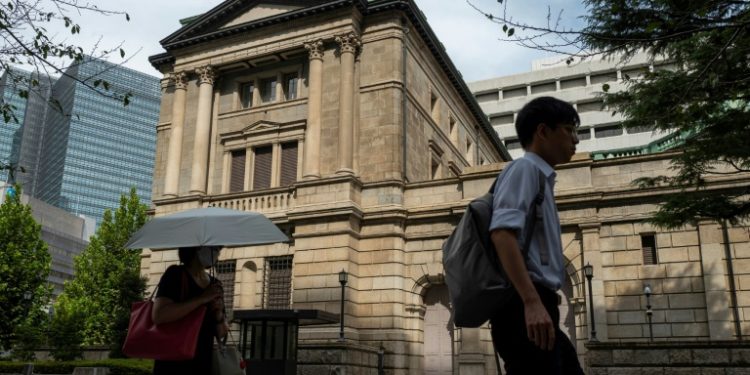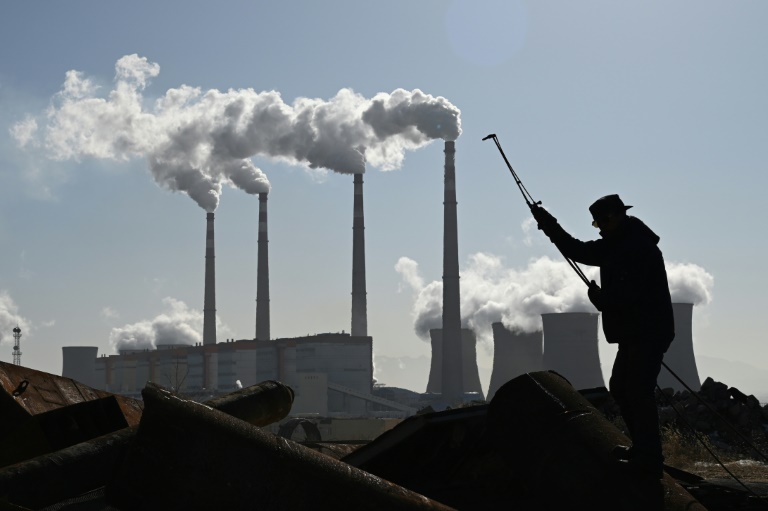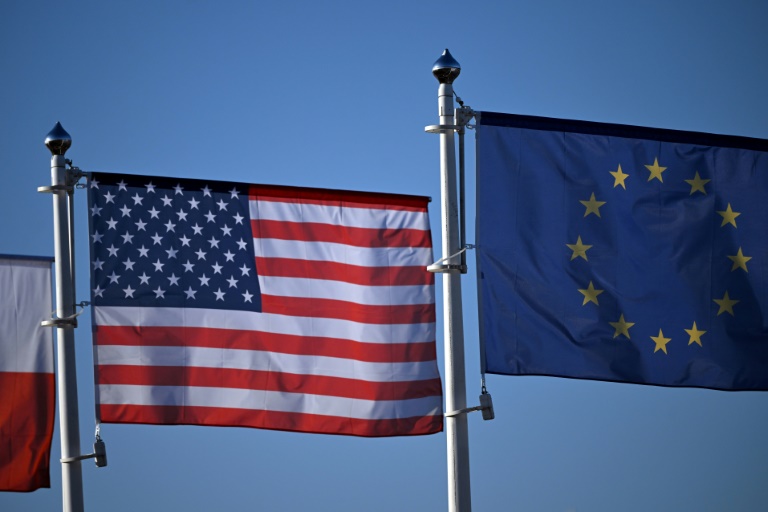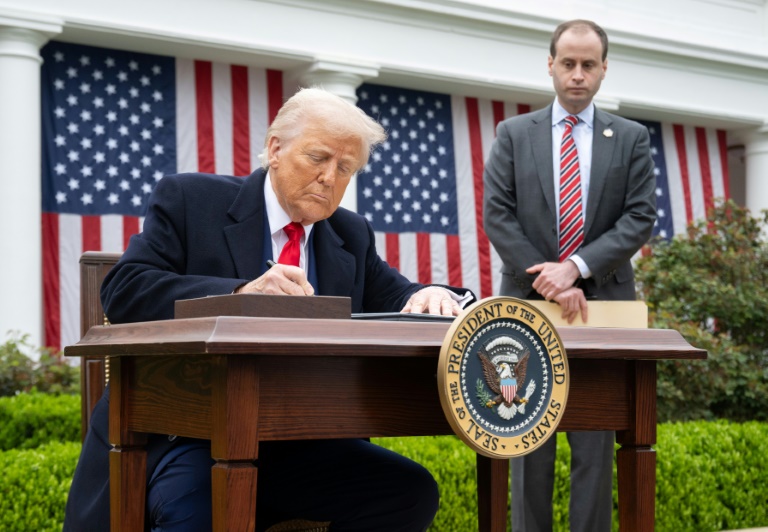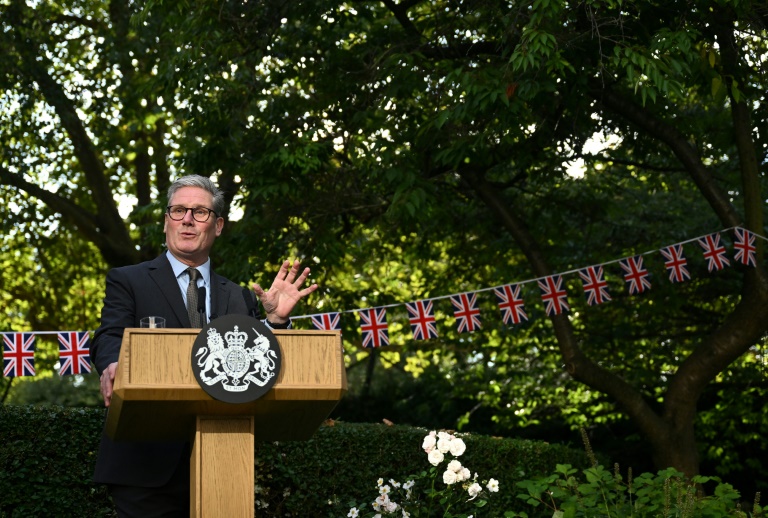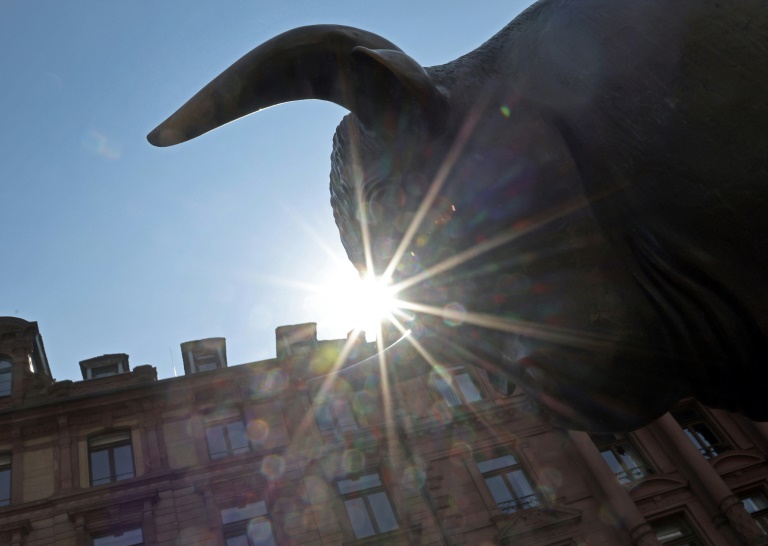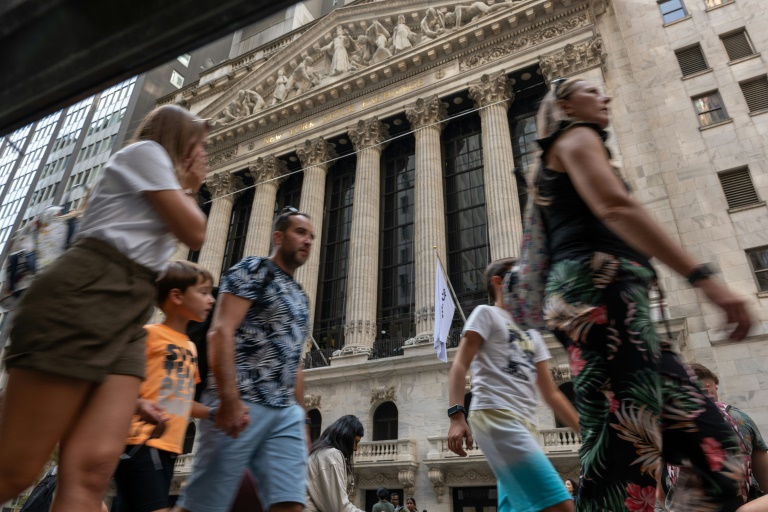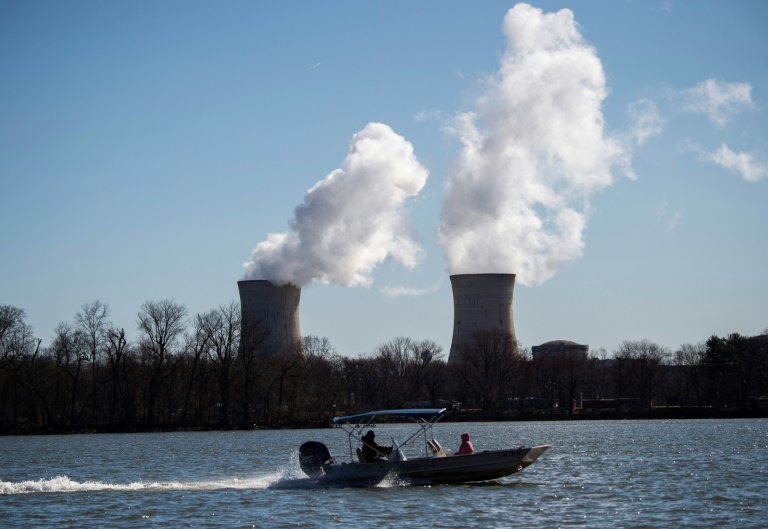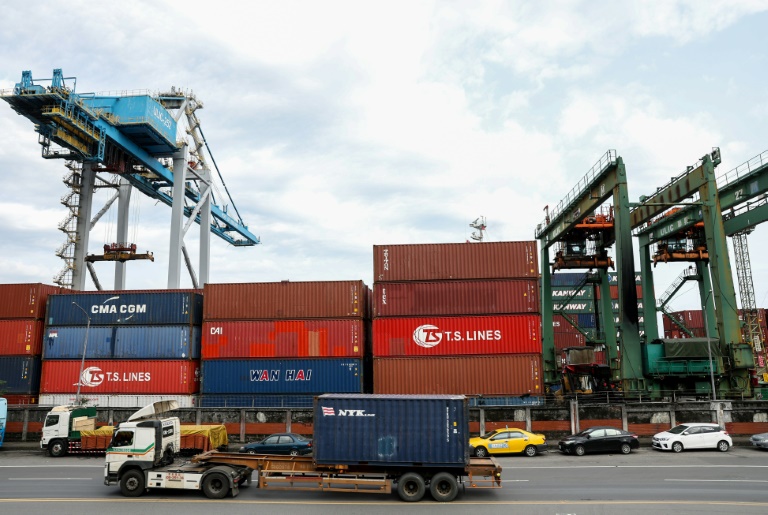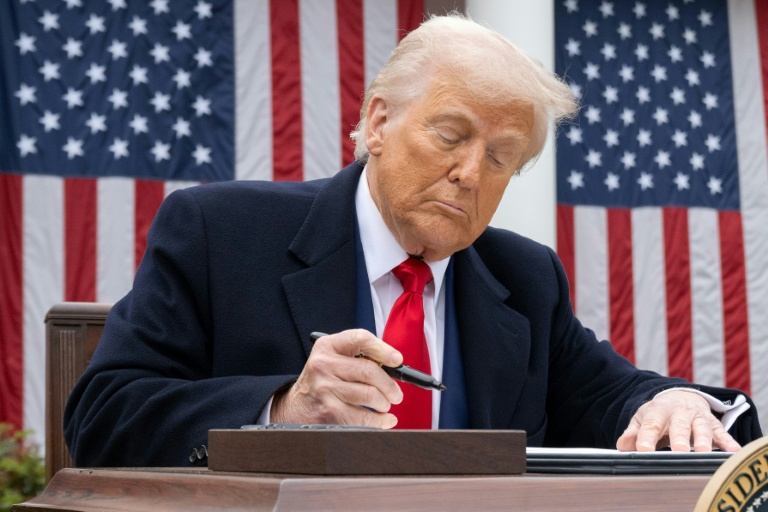Tokyo (AFP) – The Bank of Japan left interest rates unchanged on Friday, but governor Kazuo Ueda said further hikes remain on the cards if the economy grows as predicted. Two days after the US Federal Reserve slashed rates for the first time since the start of the pandemic, the BoJ’s decision came as data showed inflation in the world’s fourth-largest economy picked up in August.
Japanese central bank officials said borrowing costs would be left at 0.25 percent, a widely expected decision after a surprise hike at the previous meeting. The BoJ raised borrowing costs in March for the first time since 2007 and again in July, signalling that more were on the cards — a move that pushed the yen sharply higher and fuelled turmoil across world markets.
UBS economists Masamichi Adachi and Go Kurihara said this week that they saw “no reason for the Bank to raise its rate, which could surprise the market and public again, especially when market sentiment is still cautious”. On Friday afternoon, the yen weakened past 143.70 per dollar, having initially strengthened to 141.74 after the announcement.
BoJ boss Ueda told reporters that “the economy is recovering moderately, although there are some signs of weakness”, adding that the bank would continue to raise interest rates if the economy grows in line with its outlook. “However, developments in overseas economies, particularly the US economy, have increased uncertainty about the future,” he said, according to the Nikkei business daily.
– ‘Drag on growth’ –
The BoJ was for a long time an outlier among major central banks — sticking to an ultra-loose monetary policy in an attempt to see demand-driven inflation of two percent fuelled by wage increases. Price rises have been above this target since April 2022 — accelerating slightly to 2.8 percent in August — but the BoJ questioned the extent to which this was caused by temporary factors such as the war in Ukraine.
The July rate hike came on the same day the Fed indicated it was ready to start cutting, and was followed by a big miss on US jobs creation. This sent markets into a tailspin on US recession worries and as traders unwound huge “carry trades” in which they used the yen to buy higher-yielding assets such as stocks. The yen, which in July had just hit a four-decade low against the dollar, rocketed and the global stocks sell-off on August 5 saw Tokyo’s Nikkei 225 dive more than 12 percent — its worst day since Black Monday in 1987.
Japanese stocks have since recovered but remain volatile. The sharp slide prompted the BoJ’s deputy governor Shinichi Uchida to signal that there would be no more interest rate hikes until financial markets had stabilised. But around 70 percent of economists surveyed by Bloomberg expect another increase by December.
Capital Economics predicted the next rate hike would come in October as inflation was likely to stay close to the BoJ’s two percent target “until early 2025”. Stefan Angrick at Moody’s Analytics sounded a note of caution as “deeper price metrics have been slowing for most of the past year given the virtual absence of demand-driven price pressures”. “The central bank has made clear that it will raise interest rates. At best, rate hikes will be an added drag on growth. At worst, they could precipitate a broader downturn,” he warned.
© 2024 AFP

